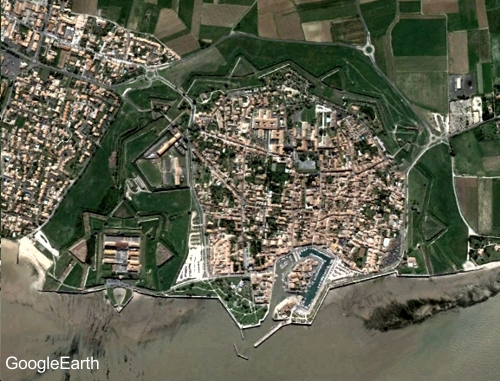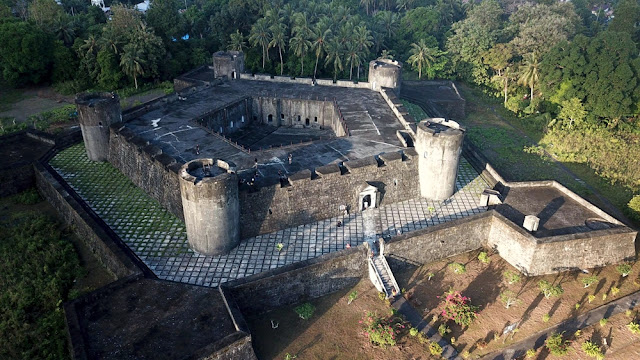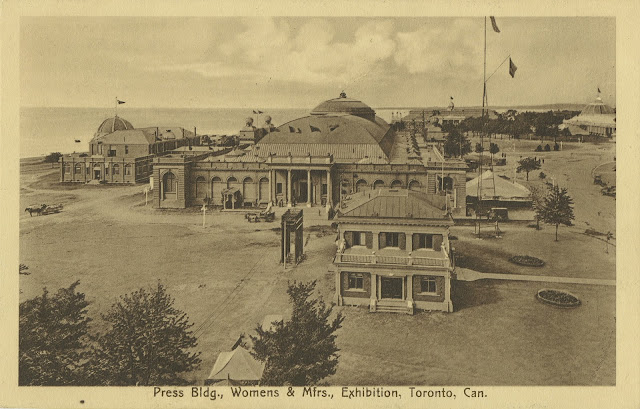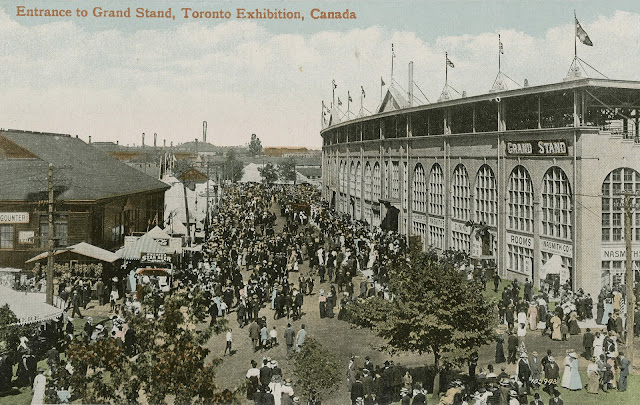Saturday 28 March 2020
Tuesday 24 March 2020
Monday 23 March 2020
Star Forts
At the present moment 2020 there were discovered over 6000 star forts using Google map technology.
There are a huge number of different styles and designs of starfort - and on closer examination, they clearly had various uses and functions.
Variety was very important to the civilisation that built the starforts, consequently there are many variations based on a common theme.
The most common 'types' (presumably for living in, use as residencies and outposts, places of worship maybe, etc) are listed below.
These designs are intermixable and interchangeable, but we have to start somewhere!
We are attempting to develop a more in-depth set of descriptions for the structures involved in the starfort phenomenon, so that we can all understand one another when we are talking about the various different types. It will also help us, long term, to understand which structures were used where - and perhaps their function - and that they may not be 'forts', at all!
Star 5-point
Example: Kastellet in Copenhagen, Denmark.
 55°41'29.31" N 12°35'40.88" E
55°41'29.31" N 12°35'40.88" E
This lovely five-pointer still has it's original surrounding canal system intact. There are a quite a few of these still surving today, in many parts of the world - though most are no longer connected to the canal system they were originally a part of.
Five-pointers measure, on average, approx 250-400m from tip of one spear to the opposite side wall. Size can vary.
Almost always built on flatter ground with access to a main canal, they are also found in very close proximity to starcities, often forming the 'hedgehog' formation when attached to a starcity.
Star 4-point
Example: Holic in Slovakia.
 48°48'31.61" N 17°09'24.57" E
48°48'31.61" N 17°09'24.57" E
A well preserved four-point example in Slovakia.
There are many different regional variations of four-pointers - for instance, they get very 'spiky' in Spain and more 'pointy' in Russia,
Star Megalopolis
Example: Floriana in Malta.
 35°53'35.84" N 14°30'19.11" E
35°53'35.84" N 14°30'19.11" E
A massive construction involving many, many different aspects of the star civilisation's buildings and styles.
Alas, some of it now underwater, we suspect!
StarHub
Example: Palmanova in Italy.
 45°54'17.69" N 13°18'35.79" E
45°54'17.69" N 13°18'35.79" E
StarHubs have between 6 and 12 'points' i.e. Palmanova is a nine-point assymetric StarHub.
It will have been connected into the canal system in the same way everything else was within the star civilisation. You can actually walk around this city using GoogleEarth StreetView - check out where the canals used to be in what looks like the dried up moats surrounding the entire city. We know they're not moats though :)
Star Hedgehog
Example: St. Martin De Re in France.
 46°12'10.09" N 1°21'55.73" W
46°12'10.09" N 1°21'55.73" W
A Hedgehog incorporates both a Starhub and a four or five point star structure.
Indonesia Star Fort.
Utrech Neederland
These are the structures associated with the Star Civilisation that are not starhubs, hedgehogs, castles, five point or four-point structures.
They were connected to the system by a series of canals, which ranged in size from hundreds of metres across right down to tiny irrigation tracts.
There are a large number of these structures (some are still described by the mainstream as 'forts'), with a multitude of shapes and sizes, but all of them bear the distinctive aesthetic look and feel of the star civilisation. As our knowledge of the star civilisation grows, more will become apparant - and we may be able to work out their particular functions.
Many more of them were still present throughout the world in the 1940's and 1950's than compared to today - although the overgrown remnents of many still exist if you know what to look for.
Canal System
The entire star civilisation was linked together by an enormous and complex system of canals. From massive canals that linked major star cities and megalopolis, to comparitively tiny ones that irrigated their crops - they were all part of an intricate, balanced and extremely effective means of transport and communication.
Later, many of the medium sized and smaller canals were filled in - and became the foundations for our road systems today.
There are a huge number of different styles and designs of starfort - and on closer examination, they clearly had various uses and functions.
Variety was very important to the civilisation that built the starforts, consequently there are many variations based on a common theme.
The most common 'types' (presumably for living in, use as residencies and outposts, places of worship maybe, etc) are listed below.
These designs are intermixable and interchangeable, but we have to start somewhere!
We are attempting to develop a more in-depth set of descriptions for the structures involved in the starfort phenomenon, so that we can all understand one another when we are talking about the various different types. It will also help us, long term, to understand which structures were used where - and perhaps their function - and that they may not be 'forts', at all!
Star 5-point
Example: Kastellet in Copenhagen, Denmark.
This lovely five-pointer still has it's original surrounding canal system intact. There are a quite a few of these still surving today, in many parts of the world - though most are no longer connected to the canal system they were originally a part of.
Five-pointers measure, on average, approx 250-400m from tip of one spear to the opposite side wall. Size can vary.
Almost always built on flatter ground with access to a main canal, they are also found in very close proximity to starcities, often forming the 'hedgehog' formation when attached to a starcity.
Star 4-point
Example: Holic in Slovakia.
A well preserved four-point example in Slovakia.
There are many different regional variations of four-pointers - for instance, they get very 'spiky' in Spain and more 'pointy' in Russia,
Star Megalopolis
Example: Floriana in Malta.
A massive construction involving many, many different aspects of the star civilisation's buildings and styles.
Alas, some of it now underwater, we suspect!
StarHub
Example: Palmanova in Italy.
StarHubs have between 6 and 12 'points' i.e. Palmanova is a nine-point assymetric StarHub.
It will have been connected into the canal system in the same way everything else was within the star civilisation. You can actually walk around this city using GoogleEarth StreetView - check out where the canals used to be in what looks like the dried up moats surrounding the entire city. We know they're not moats though :)
Star Hedgehog
Example: St. Martin De Re in France.
A Hedgehog incorporates both a Starhub and a four or five point star structure.
Indonesia Star Fort.
Utrech Neederland
Auxilliary structure at Utrecht, Netherlands
Advanced - the auxilliary structures, canal and crop systems that you may not have been aware were part of the Starfort civilisation.
These are the structures associated with the Star Civilisation that are not starhubs, hedgehogs, castles, five point or four-point structures.
They were connected to the system by a series of canals, which ranged in size from hundreds of metres across right down to tiny irrigation tracts.
There are a large number of these structures (some are still described by the mainstream as 'forts'), with a multitude of shapes and sizes, but all of them bear the distinctive aesthetic look and feel of the star civilisation. As our knowledge of the star civilisation grows, more will become apparant - and we may be able to work out their particular functions.
Many more of them were still present throughout the world in the 1940's and 1950's than compared to today - although the overgrown remnents of many still exist if you know what to look for.
Canal System
The entire star civilisation was linked together by an enormous and complex system of canals. From massive canals that linked major star cities and megalopolis, to comparitively tiny ones that irrigated their crops - they were all part of an intricate, balanced and extremely effective means of transport and communication.
Later, many of the medium sized and smaller canals were filled in - and became the foundations for our road systems today.
Romania
Palanca, Romania 1720
Severin, Romania c1800
Found this drawing from c1800 marked as Orsova - but there's no islands in the river around Orsova, but just down the river at Severin there's the mostly covered ruins of a starfort - 44°36'41.13" N 22°41'09.08" E - maybe it's that. Looks like quite a bit of it may have been washed away.Vienna, Austria 1780 1806
Links
Wednesday 4 March 2020
Lost Buildings of Toronto
What happened in Canada in 19 century?
How do you imagine Toronto 150 years ago?
Here are some pictures from the Toronto Archives.

Pavilion, Horticultural Gardens (Toronto, c.1900) Demolished
Picture,
1907,
English
No records of who built it when was built.
Kids in the field out front of Knox College (1875-1915), 1 Spadina Crescent. Toronto
138 years ago - 1882
 Osgoode Hall Library with ornate ceiling and fireplace
Osgoode Hall Library with ornate ceiling and fireplace
(Categorized under: Osgoode Hall )
136 years ago - 1884 - City Hall
Kids in the field out front of Knox College (1875-1915), 1 Spadina Crescent. Toronto
138 years ago - 1882
Osgoode Hall before the dome, between the west wing and library, was removed
(Categorized under: Osgoode Hall )
1852 - City Hall
(Categorized under: Osgoode Hall )
1852 - City Hall
Osgoode Hall Library interior - stereo - Photographed by Armstrong, Beere & Rime, Toronto
(Categorized under: Osgoode Hall )
1859 - City Hall
(Categorized under: Osgoode Hall )
1859 - City Hall
Osgoode Hall gates and pedestrians - half-tone photograph
(Categorized under: Ornamental gate --- Osgoode Hall )
Saturday, April 23, 1870 - City Hall
(Categorized under: Ornamental gate --- Osgoode Hall )
Saturday, April 23, 1870 - City Hall
 Osgoode Hall Library with ornate ceiling and fireplace
Osgoode Hall Library with ornate ceiling and fireplace(Categorized under: Osgoode Hall )
136 years ago - 1884 - City Hall
The Independent Order of Foresters (IOF) built a grand arch . It was built in 1901, complete with flashing light
bulbs, flags and crests, and a crown on the top, and was illuminated at
night.
It originally stood across Bay Street (Terauley Street at the
time) at Richmond, just south of City Hall, outside the Temple Building
(also known as Foresters' Temple or the the I. O. F. Temple). It was
moved to the Exhibition Grounds by 1906.
Now Demolished
Caer Howell Hotel (University Ave. at Orde St.)
(Caer Howell Hotel )
1900 - Discovery District
(Caer Howell Hotel )
1900 - Discovery District
Links
http://wholemap.com/historic/toronto.php?neighbourhood=City%20Hall
http://wholemap.com/historic/toronto.php?neighbourhood=Downtown
http://wholemap.com/historic/toronto.php?neighbourhood
Tuesday 3 March 2020
Canadian National Exhibition Toronto, Ont.--Lost Architectural Buildings and Cultural History of Toronto
We Should ask why this concerted effort to destroy old buildings and old architecture of this city?
Who are the peoples behind it?
Are these buildings erased form the public consciousness?
Canada is a large Country. There is plenty of space. Why not build beside them ?
Why were these buildings destroyed?
In Europe they would have been rebuilt. Have we lost the ability to build such artistic buildings?
Has the consciousness of people something to do with it?
When people see beauty the spirit is uplifted. Is the reverse also true?

On the Terrace showing Manufacturers' and Women Building, Toronto Exhibition by night. Toronto, Ont.- All Buildings demolished
Grand Plaza, showing Manufacturers' Building, Toronto Exhibition, Canada
Medium Printed ephemera. Postcard
Branch Toronto Reference Library
C.N.E. Horticultural Building. Demolished , showing south entrance
Picture,
1920,
English
Crystal Palace - Demolished
C.N.E. Transportation Building Demolished
Picture,
1920,
English
Entrance to Grand Stand, Toronto Exhibition, Canada
Picture,
1910,
English
Women's Building (1908) Demolished
Picture,
1952,
English
Rights and Licenses Public Domain Medium Film negative Call Number / Accession Number S 1-733
Collins Wireless Telephone Exhibit
Picture,
1909,
English
Notes Copy photograph: E 4-96d. REPRO of E 4-96d. TEC 22A Rights and Licenses Public Domain Medium ½ plate glass copy negative
Branch Toronto Reference Library Location
Baldwin Collection Call Number / Accession Number E 9-251 Small
Horticultural Building -Demolished, looking north
Picture,
1952,
English
Horticultural Building - Demolished
Picture, 1928
Horticultural Building - Demolished
Dominion and Provincial Government Building, Toronto Exhibition - Demolished
Picture,
1915,
English
Government Building - Demolished
Picture,
1913,
English
Entrance to Ontario Government Building, Canadian National Exhibition, Toronto. Demolished
Picture,
1928,
English
Notes Inscribed in pencil, l.l.: Entrance Ontario Government
Building / Canadian National Exhibition / Toronto-Canada; l.r.: W.H.
Edwards
Ontario Government Building - Demolished
Picture,
1929,
English
Government Building, Toronto Exhibition, Canada - Demolished
C.N.E., Graphic Art Building Demolished
Picture,
1900,
English
Art Gallery - Demolished ( possible same building as Graphic Art Building)
Picture,
1952,
English
On the Grand Plaza, Canadian National Exhibition. Toronto, Canada - Fountain Removed
Press Building (1906) - Demolished
Picture,
1953,
English
Canadian National Exhibition. Administration Building - Demolished
Crystal Palace (1879-1906) - Demolished (Mud Flood?)
Picture,
1880,
English
Crystal Palace
Automotive Building - Demolished
Picture,
1956,
English
Scene in front of Manufacturers' Building Canadian National Exhibition, Toronto
Picture,
1906,
English
Another Scene from Manufacturer Building
CC.N.E. Transportation Building - Demolished
Picture,
1923,
English
Notes
Inscribed in the photograph l.r.: X29485. TEC 21.5B
See also TORONTO/C.N.E./BUSINESS MACHINES BUILDING.
Anotherr View of the building
Transportation Building, Industrial Exhibition, Toronto, Canada - Demolished
Picture,
1903,
English
Notes
Formerly known as the Crystal Palace (1879-1906)
Other View
Crystal Palace (1879-1906) - Demolished
Picture,
1884,
English
Notes Copy negative shows printed caption below photograph. Copy photos: E 4-95a; B 5-83a.
Perhaps from 'Picturesque Toronto', Toronto, 1885
Coliseum, Exhibition Place, Toronto, Ont. Demolished
Hornyansky, Nicholas, 1896-1965
Livestock Building - Demolished
Picture,
1913,
English
Electrical Building - Demolished
Railways Building - Demolished
Picture,
1952,
English
Agricultural Implements Hall, showing Association Offices at right - Demolished
Transportation Building, Interior - Demolished
Picture,
1913,
English
Women's Building - Demolished
Picture,
1906,
English
Inscribed by Salmon in dark blue ballpoint pen, vso u.l.: CNE
Woman's Building 1906 Shows inscription in the print, l.l.: Galbraith I
Photograph Co. / Toronto Can.; The copy negative shows inscription (on
mount?) l.r.: WOMAN'S / BUILDING
Grandstand (1907-1946) Demolished
Picture,
1920,
English
Band Shell - Demolished
Picture,
1952,
English
Band Concert, Toronto Exhibition, Canada
Picture,
1912
Subscribe to:
Posts (Atom)
The Mysterious Vatican
Resonate design columns display a low frequency rate at the tops of the columns and transitions to a high frequency design at bottoms. At th...
-
We Should ask why this concerted effort to destroy old buildings and old architecture of this city? Who are the ...
-
An important part of New York City’s African-American heritage lies hidden in Central Park’s murky pre-history. Although it’s difficult to...




























































